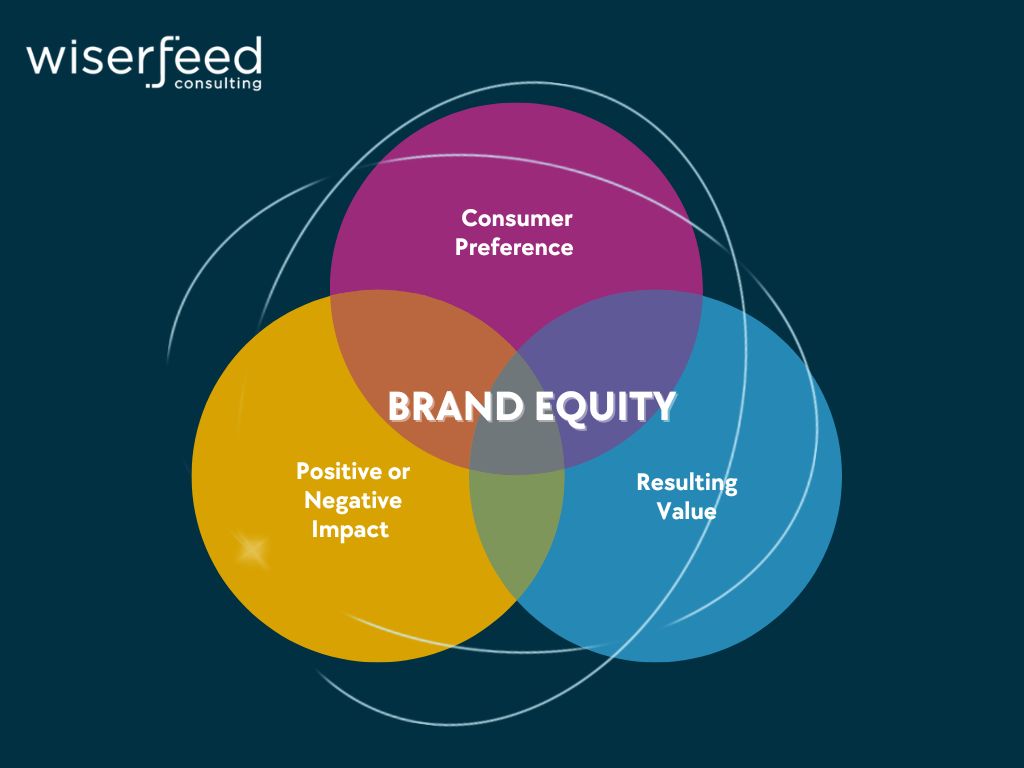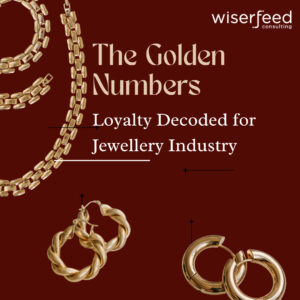Do you guys also sometimes use Colgate as a synonym for toothpaste? or when you’re thinking of a hand wash the first thing that comes in mind is to pick the bottle of Dettol hand wash? Now think the variety of products you can get when you want a toothpaste or hand wash but still instinctively you choose to go for this particular brand.
That’s the power of brand equity in action. It’s the magic that transforms a simple product name into a trusted symbol,inflencing your choices and creating a loyal connection. In today’s crowded marketplace, building brand equity is the key to standing out.
But how do we measure this invisible force? This blog post dives into two prominent models – Keller’s Customer-Based Brand Equity (CBBE) and Aaker’s Brand Equity model – to understand how companies can leverage them to forge powerful brand identities and win customer hearts.
Keller’s Customer-Based Brand Equity (CBBE)

Keller’s CBBE model is like a pyramid that shows how brands grow in customers’ minds:
Step 1: Brand Identity (Who are you?) This is your brand’s introduction. Think of it like a first impression. How do you want customers to see you? Cool and innovative like Apple? Reliable and high-quality like Volvo?
Step 2: Brand Meaning (What are you?) Now you’ve grabbed attention, it’s time to show what you’re made of. This level is about delivering on your promises. Does your product work well (performance)? Does it match the image you portray (imagery)? Think Nike’s performance or Tiffany’s luxurious image.
Step 3: Brand Response (How do they feel about you?) This is where customers become fans (advocates) or critics (detractors). Did your product live up to the hype? Happy customers spread the word, unhappy ones share their disappointment.
Step 4: Brand Resonance (The Love Stage!) Congratulations! You’ve built a loyal following of brand advocates. They not only love your product; they feel a connection to your brand and other customers. Think Harley Davidson riders – a community built around a shared passion.
Aaker’s Brand Equity Model

- Brand Awareness: This is basically how easily recognizable your brand is. Think Coca-Cola’s iconic red can – instant recognition!
- Brand Loyalty: This is all about how much customers love your brand and keep coming back for more. Imagine a customer who only buys Nike sneakers – that’s brand loyalty!
- Perceived Quality: This is the customer’s belief in how good your product is. It’s not just about features, but the overall feeling of quality. Think of the reputation of Swiss watches – perceived quality at its finest.
- Brand Associations: These are the feelings and ideas people connect with your brand. Does your brand feel fun and playful, or maybe luxurious and sophisticated? Think of the adventurous spirit associated with Jeep or the clean, minimalist feel of Apple products.
- Patents/IP/Partnerships: This is your brand’s special sauce – things like patents, trademarks, and strong partnerships can give you a big advantage. Imagine a brand with a secret recipe or a celebrity endorsement – that’s a special edge!
Brick by Brick-Comparision between the two models
Keller’s CBBE Model: This model is like a detailed construction plan. It focuses on the customer journey, building brand identity (your foundation) all the way to brand resonance (loyal subjects in your castle). It’s ideal for established brands looking to refine their strategy and build deeper customer connections.
Example: Apple. Apple meticulously crafts its brand identity (think sleek design and innovation), delivers exceptional performance (iPhones are known for reliability), cultivates positive user responses (satisfied customers become brand advocates), and fosters a strong brand resonance (Apple users feel a sense of belonging to a cool, tech-savvy community).
Aaker’s Brand Equity Model: This model provides a more high-level blueprint, focusing on the essential building blocks of a strong brand. It’s perfect for new brands establishing their presence or existing brands needing a brand health check.
Example: Coca-Cola. Their iconic red can ensures high brand awareness (everyone recognizes it!). Their focus on quality control leads to strong perceived quality (people trust they’ll get a refreshing drink). They cultivate positive brand associations (happiness, togetherness) through their marketing. Their global partnerships (e.g., with sporting events) further solidify their brand dominance.

So, which model is the winner? Actually none.
Understanding your brand and its goals is key to choosing the right approach. Keller’s CBBE model can be an effective tool for renowned company / brands seeking to foster more client loyalty because of its emphasis on emotional connection. Aaker’s Brand Equity Model offers a strong basis for developing important brand associations and increasing brand awareness for new businesses or companies that require a makeover. But the wise marketer understands the benefits of both strategies.
Wiserfeed welcomes this exhaustive viewpoint, realizing that a powerful brand is based on a solid foundation of distinct brand identification and familiarity as well as emotional resonance. We can customize a strategy that makes the most of each model’s advantages through research and analysis, assisting you in creating a brand that not only connects with your target market but also meets your unique business goals. Allow Wiserfeed to assist you in creating a competitive brand.





